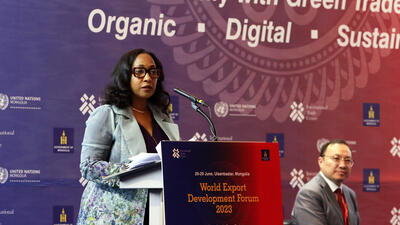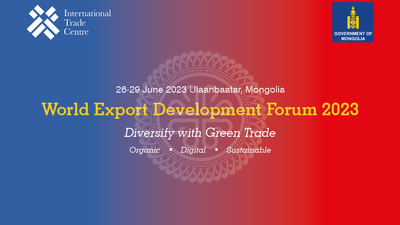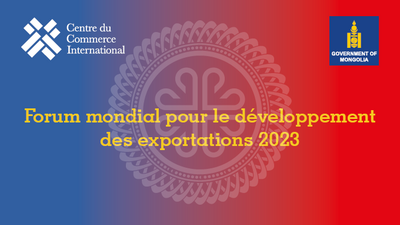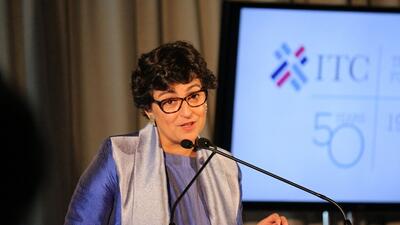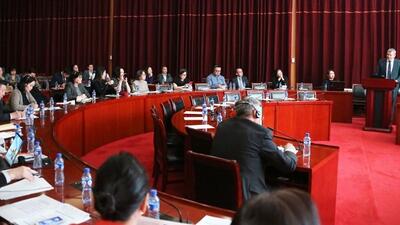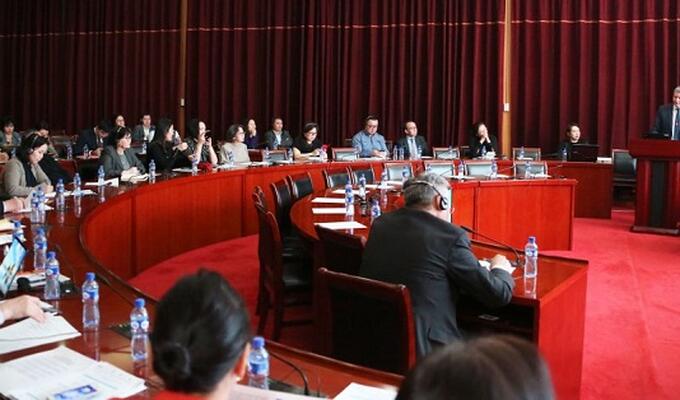
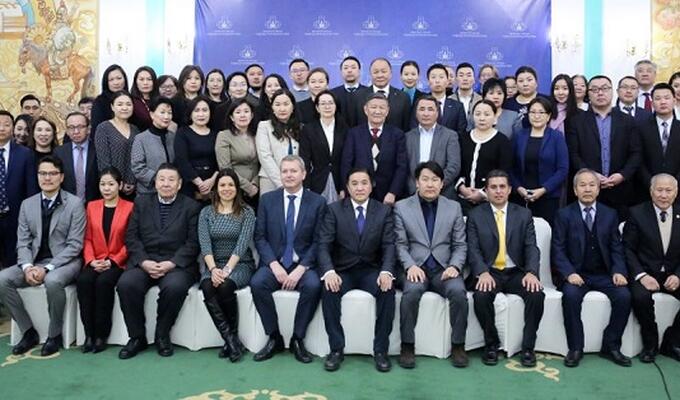
Streamlining Mongolia’s trade and investment plans (en)
The Mongolian government and business community are working together to promote trade and investment growth through the development of a Trade and Investment Roadmap.
The Ministry of Foreign Affairs and the Mongolian National Chamber of Commerce and Industry (MNCCI) are leading on the development of the roadmap – which will outline practical steps to tackle challenges and tap trade and investment opportunities – with technical support and funding from the International Trade Centre (ITC).
The goal is to raise export revenue by boosting the competitiveness of the country’s products in international markets, particularly through small and medium-sized enterprises, by supporting the production of value-added goods, strengthening supply-side capacity and promoting linkages across sectors. There is also an emphasis on improving the national investment climate.
Developing a roadmap
Key players met for a second national consultation in the capital of Ulaanbaatar on 15 January 2019 to discuss further development of the roadmap, following an initial meeting in October 2018. The work is taking place within the frameworks of the Mongolian export national programme, adopted in September.
In this second meeting, stakeholders refined and validated the roadmap’s plan of action, which details a series of activities to be implemented in the short- to medium-term.
Stakeholders are prioritizing sectors with high export performance, potential to create jobs and alignment with national development goals.
Research and surveys have been conducted since July 2018 to support these consultations and to ensure an inclusive and participatory process.
Mongolia’s economic performance has strengthened in the last few years. A recent surge in trade and investment, linked to the mining sector, is shifting the country into an outward-oriented economy, boosting its trade-to-GDP ratio to 116%, which is significantly higher than other economies at similar levels of development.





